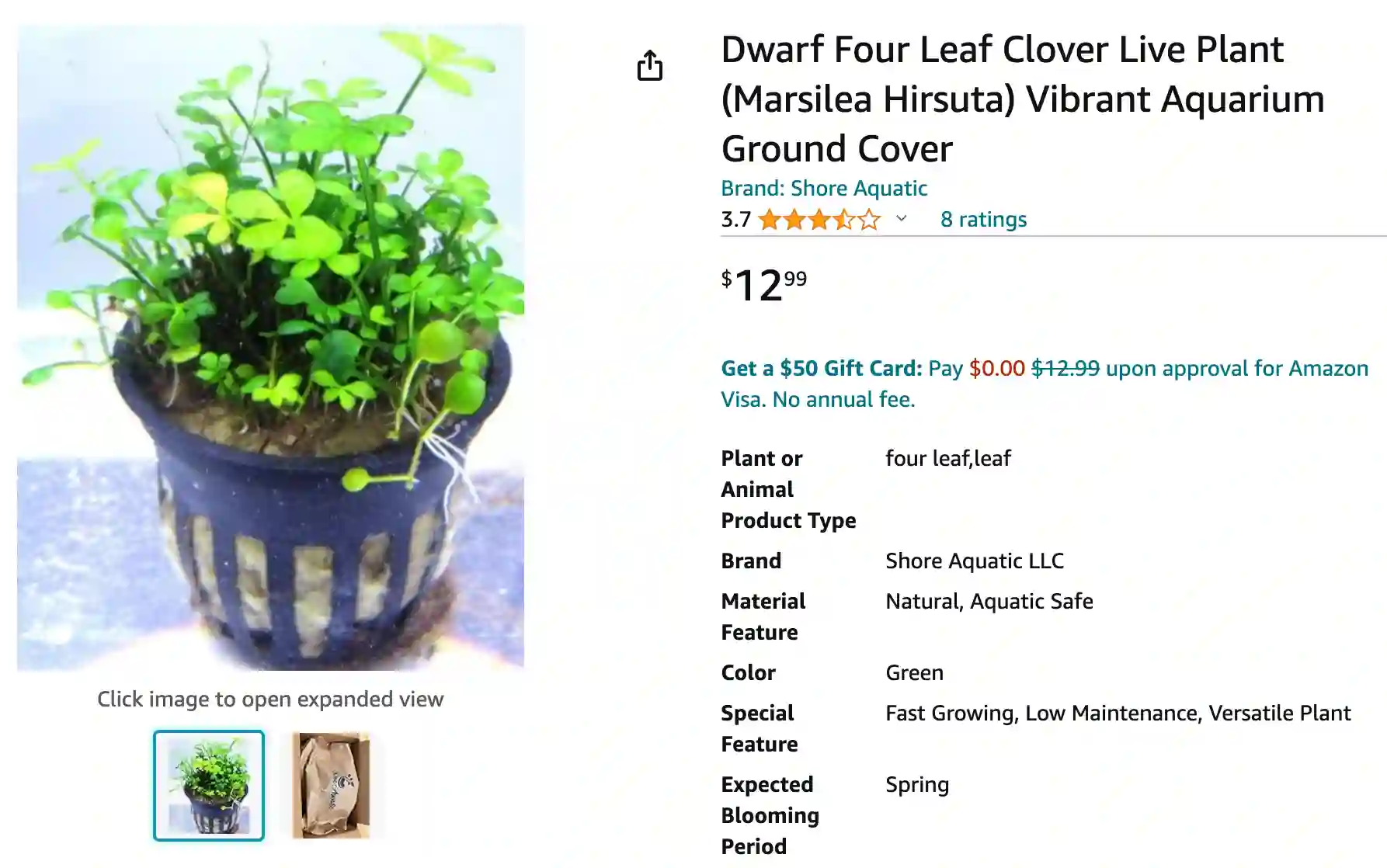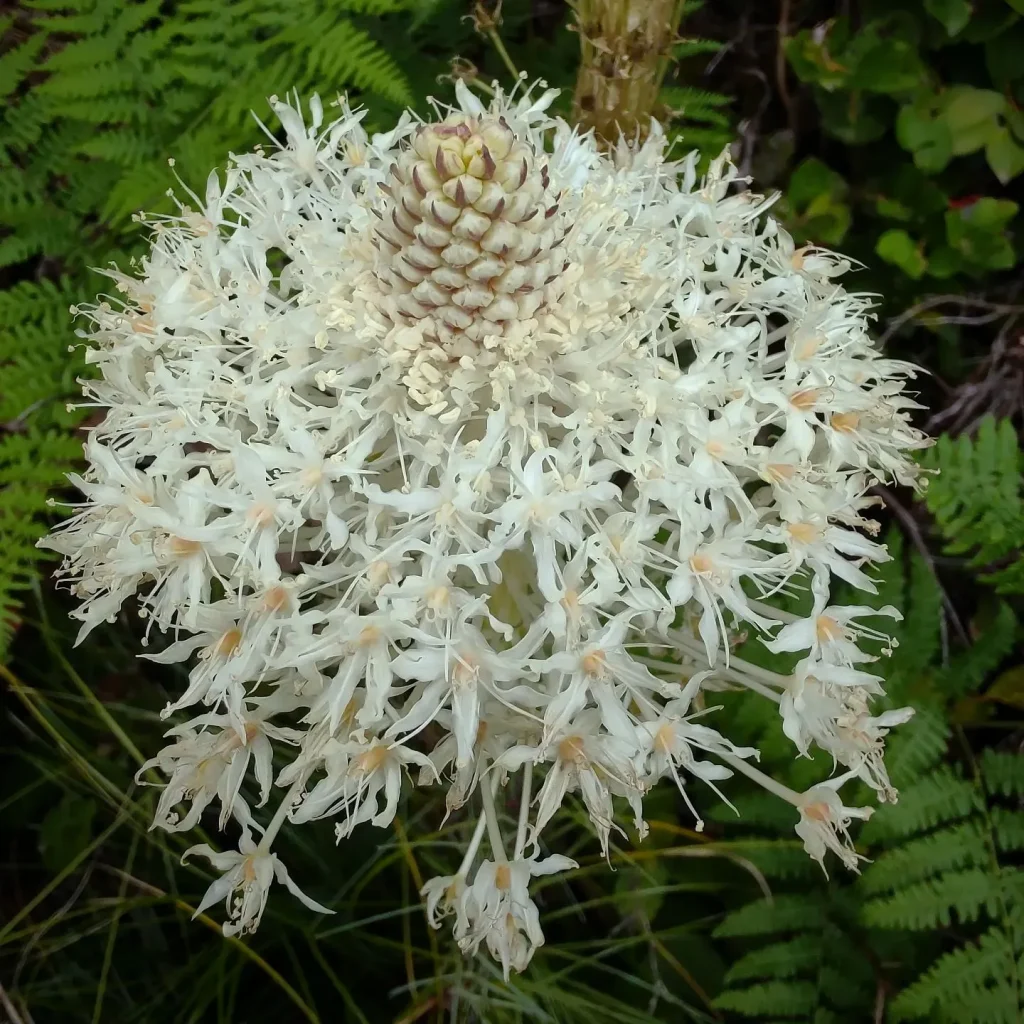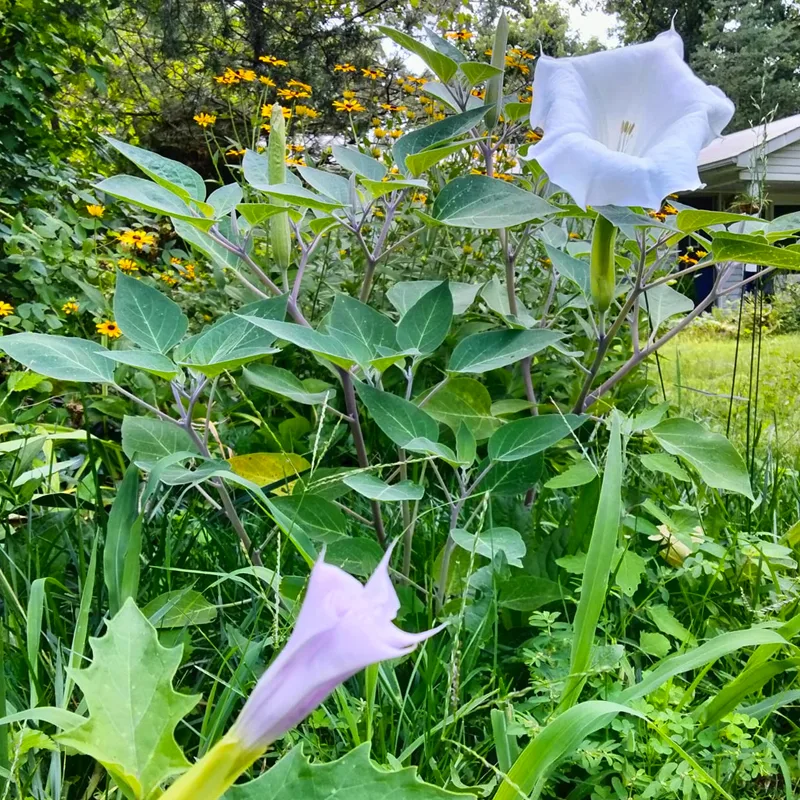
My Journey with Marsilea Hirsuta
Marsilea Hirsuta, also known as the Water Clover, is a fascinating aquatic plant that has captured my interest for its unique appearance and versatility. As someone who loves to explore and experiment with different plants, Marsilea Hirsuta has been an exciting addition to my collection. In this article, I’ll share my experiences and insights on how to plant and propagate Marsilea Hirsuta, along with some tips on how to care for this wonderful plant.
What is Marsilea Hirsuta?
Marsilea Hirsuta is an aquatic fern that is native to Australia. It is known for its ability to adapt to various environments, making it a popular choice for aquariums and ponds. The plant has a unique appearance, with leaves that can vary in shape, resembling either clover-like forms or simple single blades, depending on the conditions in which it is grown. This adaptability makes Marsilea Hirsuta a versatile and attractive option for aquatic plant enthusiasts.
Marsilea Hirsuta vs Crenata:
I find Marsilea Hirsuta to have a more delicate leaf structure compared to the smaller, denser leaves of Marsilea Crenata, which gives it a more airy appearance in my tank.
Marsilea Hirsuta vs Glosso:
Between Marsilea Hirsuta and Glosso, I prefer Glosso for its low, carpeting growth habit, which creates a lush green carpet effect that complements my aquascape nicely.
Marsilea Hirsuta vs Marsilea Angustifolia:
Marsilea Hirsuta’s rounded leaf shape contrasts with Marsilea Angustifolia’s narrower, elongated leaves, adding diversity in texture and form to my aquarium layout.
Marsilea Hirsuta vs Minuta:
Marsilea Hirsuta’s larger leaf size compared to the smaller, finer leaves of Marsilea Minuta creates a striking contrast in leaf size and structure within my tank.
Marsilea Hirsuta vs Monte Carlo:
While Marsilea Hirsuta offers a more structured, fern-like appearance, Monte Carlo’s smaller, rounder leaves create a dense carpet effect that enhances the foreground of my aquarium.
How to Plant Marsilea Hirsuta?
Planting Marsilea Hirsuta is relatively straightforward, but there are a few key steps to ensure its successful establishment.
- Choose the Right Substrate: Marsilea Hirsuta thrives in nutrient-rich substrates. I’ve found that using a fine-grained substrate like aquarium soil or sand mixed with nutrient-rich additives works best. The fine grains allow the delicate roots to anchor firmly.
- Planting Depth: When planting Marsilea Hirsuta, make sure to bury the rhizomes just below the surface of the substrate. This ensures that the plant can access nutrients while also anchoring itself securely.
- Lighting Conditions: Adequate lighting is crucial for the growth of Marsilea Hirsuta. I use medium to high-intensity lighting to promote healthy growth and vibrant color. If the lighting is too low, the plant may become leggy and lose its attractive form.
- Water Parameters: Maintaining stable water parameters is essential. Marsilea Hirsuta prefers slightly acidic to neutral pH levels (around 6.0 to 7.5) and a temperature range of 68-82°F (20-28°C). Regular water changes help keep the environment stable and free from excess nutrients.
- CO2 Supplementation: While not strictly necessary, I’ve noticed that adding CO2 can significantly enhance the growth and appearance of Marsilea Hirsuta. It promotes faster growth and helps maintain a lush, carpet-like appearance.
How to Care for Marsilea Hirsuta?
Caring for Marsilea Hirsuta involves regular maintenance to keep it healthy and looking its best.
- Trimming: Regular trimming is important to prevent the plant from becoming too dense and blocking light from reaching the lower leaves. I trim mine every few weeks to maintain its shape and encourage new growth.
- Nutrient Supplementation: Providing additional nutrients through liquid fertilizers can help support robust growth. I use a balanced aquarium plant fertilizer that provides essential macro and micronutrients.
- Algae Control: Algae can be a common issue in aquariums, and it’s important to manage it to keep Marsilea Hirsuta healthy. Regular cleaning and the use of algae-eating fish or shrimp can help keep algae under control.
How to Propagate Marsilea Hirsuta?
Propagating Marsilea Hirsuta is an exciting and rewarding process. Here’s how I do it:
- Division: The simplest method of propagation is by dividing the plant. Carefully remove a section of the plant, ensuring that it has a few healthy rhizomes and roots attached. Replant this section in a new location with the same care as when initially planting.
- Runner Separation: Marsilea Hirsuta often sends out runners that produce new plantlets. I wait until these plantlets have developed their own roots before carefully separating them from the parent plant and replanting them.
- Tissue Culture: For those with access to tissue culture techniques, this method can produce a large number of plants from a small initial sample. It’s a more advanced technique, but it ensures that the new plants are free from pests and diseases.
What to Plant with Marsilea Hirsuta?
Choosing the right companions for Marsilea Hirsuta can enhance the overall aesthetic and health of your aquatic setup.
- Foreground Plants: Since Marsilea Hirsuta is often used as a carpet plant, pairing it with other low-growing foreground plants like Glossostigma elatinoides or Eleocharis acicularis can create a beautiful, lush landscape.
- Midground and Background Plants: Taller plants like Cryptocoryne or Vallisneria can provide a nice contrast to the low-lying Marsilea Hirsuta, adding depth and interest to the aquarium.
- Fish and Invertebrates: Peaceful fish and invertebrates that do not disturb the substrate make good tank mates. Species like shrimp, small tetras, and otocinclus catfish are excellent choices.
Final Thoughts
Marsilea Hirsuta has been a delightful addition to my aquatic garden. Its unique appearance and adaptability make it a standout plant that adds both beauty and diversity to any aquarium or pond. Whether you’re a seasoned aquarist or a beginner, Marsilea Hirsuta is a plant worth exploring. Happy planting!
If i die, water my plants!



